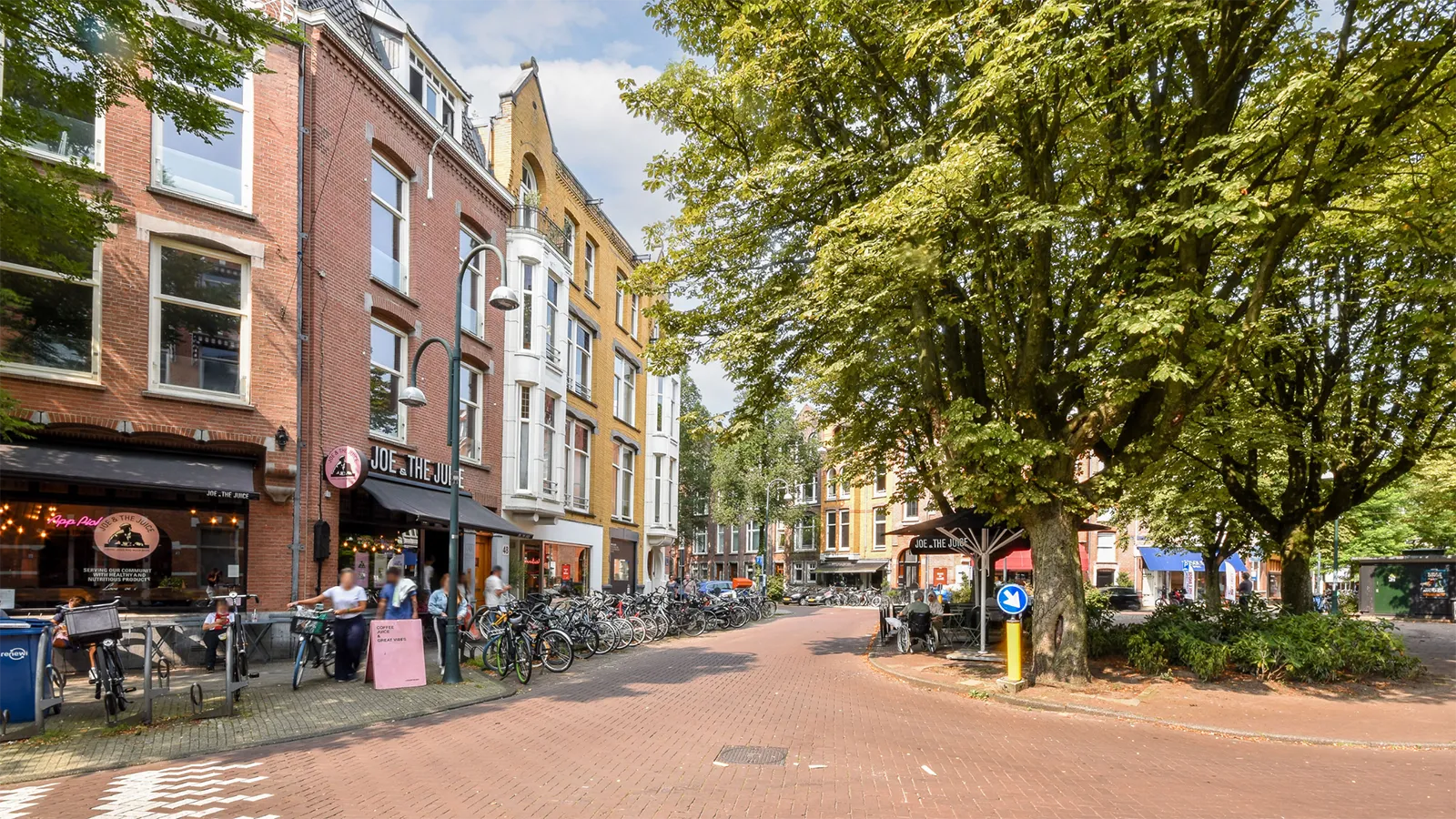This blog provides an educational summary of “Modelling Nature Connectedness Within Environmental Systems: Human-Nature Relationships from 1800 to 2020 and Beyond” by Miles Richardson (2025). The study examines how urbanization, family influence, and cultural change shape our relationship with nature, and what this means for the future of environmental stewardship and human well-being.

What is nature connectedness?
Nature connectedness is the feeling of belonging to the natural world. Studies show it improves well-being and encourages pro-environmental behavior. Since the 1800s, urban growth and environmental loss have reduced these connections. Richardson calls this decline the ‘extinction of experience.’ Less time in nature combined with less interest in nature weakens our relationship with the natural world. This creates a generational cycle that undermines the human–nature relationship.
How was this data gathered and measured for this experiment?
Richardson did not collect new survey or field data. Instead, he built an agent-based model (ABM). For those who aren’t familiar with this method, an agent-based model is a computer simulation that represents people as “agents.” Each agent has traits—like age, lifespan, or level of connection to nature—and interacts with an environment that changes over time. By running the simulation year after year, the model shows how small, everyday experiences can add up to big changes across a whole population.
The model tracked how connection to nature changed, how parents influenced children, and how these patterns repeated over generations. A mix of real-world records and simulated traits shaped the outcomes of Richardson’s study:
- Urbanization records: Data showing how U.S. land use shifted from natural to urban areas between 1800 and 2020.
- Nature language used in books: How often 28 common nature words—such as river, tree, or flower—appeared in published texts from 1800 to 2019. This language pattern was used as a stand-in for how connected people felt to nature over time.
- Individual traits: Age, lifespan, and level of nature connectedness
- Family influence: How strongly parents passed their orientation toward nature on to children.
- Environmental context: Whether agents lived near natural areas, urban environments, or degraded land.
- Attention to nature: How much individuals noticed and engaged with natural elements around them.
The model tested how city growth, family influence, and attention to nature helped drive the long-term decline in nature connectedness, and what future scenarios might look like.

Nature-connectedness is declining – why is this a problem?
The study focused on three main questions:
- Can the research model replicate the historical decline in nature connectedness?
- How much of that decline is passed from parents to children?
- What future scenarios could reverse the decline?
Historical decline
The model successfully matched the historical trend: a significant drop in nature connectedness, closely aligned with urban growth and nature loss. Since 1800, urbanization increased from 7.3% to more than 80% in 2020, while nature connectedness fell by more than 60%. This has serious implications for future generations. Here are a few concerns:
- Lower well-being: Research consistently shows that spending time in and noticing nature improves mental health, reduces stress, and supports happiness. Losing that bond means losing those benefits.
- Urban imbalance: As cities grow, natural experiences become rarer. Without intentional design, urban residents risk becoming detached from the very systems that support life. Disconnectedness from nature diminishes people’s awareness of where healthy food comes from and why healthy ecosystems are essential for our survival.
- Weakened stewardship: Individuals who feel less connected to nature are less likely to support conservation efforts or take action on climate issues. Disconnection passes from parents to children, creating a cycle that gets harder to reverse over time.
Combat Nature Disconnection in Your Space
The research is clear: our environments shape our well-being. You can actively combat the ‘extinction of experience’ by bringing restorative natural elements into your workplace or commercial property.

Parents influence youth attitudes toward nature more than any other factor
Families play a crucial role when it comes to youth attitudes toward nature. A parent’s level of connection to nature played the strongest role in determining how their children related to the natural world. Richardson’s model reveals that about 80% of a child’s connection to nature came from their parents, while only 20% was influenced by the environment around them, such as access to green spaces and where they were raised.
When parents have a weak connection to nature, this carries forward into the next generation. This cycle keeps the decline going, even when more green space is available. In summary, early-life exposure to nature matters. If children grow up in spaces with strong biophilic design, they’re more likely to carry that bond into adulthood. For schools, healthcare spaces, and family-centered businesses, this reinforces the value of green design.

Intentional interventions can stop the decline by 2050
Richardson’s model tested three approaches to remedy our ever-growing disconnection from nature: (1) more access to green space, (2) stronger attention to nature, and (3) programs that build children’s connection to nature. On their own, each slowed decline but did not reverse it.
The most effective scenario combined large-scale urban greening with child-focused interventions, which created a delayed but self-sustaining recovery after 2050. What does this mean? It means we need city developers to prioritize biophilia when designing cities, and ensure nature-inspired activities are accessible to families of all income levels. We need leaders to view nature’s connectedness as a public good — a human need, like housing, transportation, or healthcare.

How Richardson suggests we strengthen nature connectedness
The findings point to two lessons:
- Change takes time. Even with strong interventions, recovery lags because disconnection is passed down.
- Change must be broad. Lasting improvements depend on embedding nature into education, urban planning, and family life. When these systems work together, they create the conditions for people to build and sustain a stronger relationship with the natural world.
Richardson suggests several strategies to reverse the decline in nature connectedness:
- Parental engagement: Help parents model nature-positive behavior for children.
- Education: Include nature connection practices in school programs. Studies show that students surrounded by nature learn better, perform better, and feel better.
- Urban planning: Design biodiverse, accessible green spaces that invite daily contact. City development that prioritizes biophilic design serves as an antidote to social isolation.
- Community-led approaches: Support local groups that make nature part of everyday life.
- Monitoring: Track levels of nature connectedness at the population level to guide policy.
Investing in youth’s connectedness to nature is absolutely key to society’s future well-being.

What does this all mean for Plant Solutions’ readers?
The study shows that as cities grow, our connection to nature shrinks — but design and planning can counter this. Every choice to invest in long-standing indoor and outdoor plants has a long-term impact. The takeaway is this: plant trees and include your kids. Look for animals in their natural habitats. Go hiking or fishing in local lakes. Plan a picnic and bring binoculars. Vote for leaders who promise to preserve and increase city parks. It will ensure our grandchildren have the opportunity to do the same.
Research reinforces what we see every day: well-designed nature in the built environment is part of repairing a generational disconnection with well-being. Whether it’s a living wall in a workplace or a patio filled with greenery, these choices create everyday opportunities to notice and engage with nature — and those small moments add up over time.
Change must be systemic. There is a lag effect, but it’s worth starting now. Even if the benefits unfold slowly, introducing container plants, moss walls, and patioscapes today plants the seeds (literally and figuratively) for long-term cultural change.
Plant the Seeds for a Greener Future
The research is clear: creating a lasting connection to nature for the next generation starts today. Let our experts design a space that fosters well-being and inspires a greener tomorrow.
